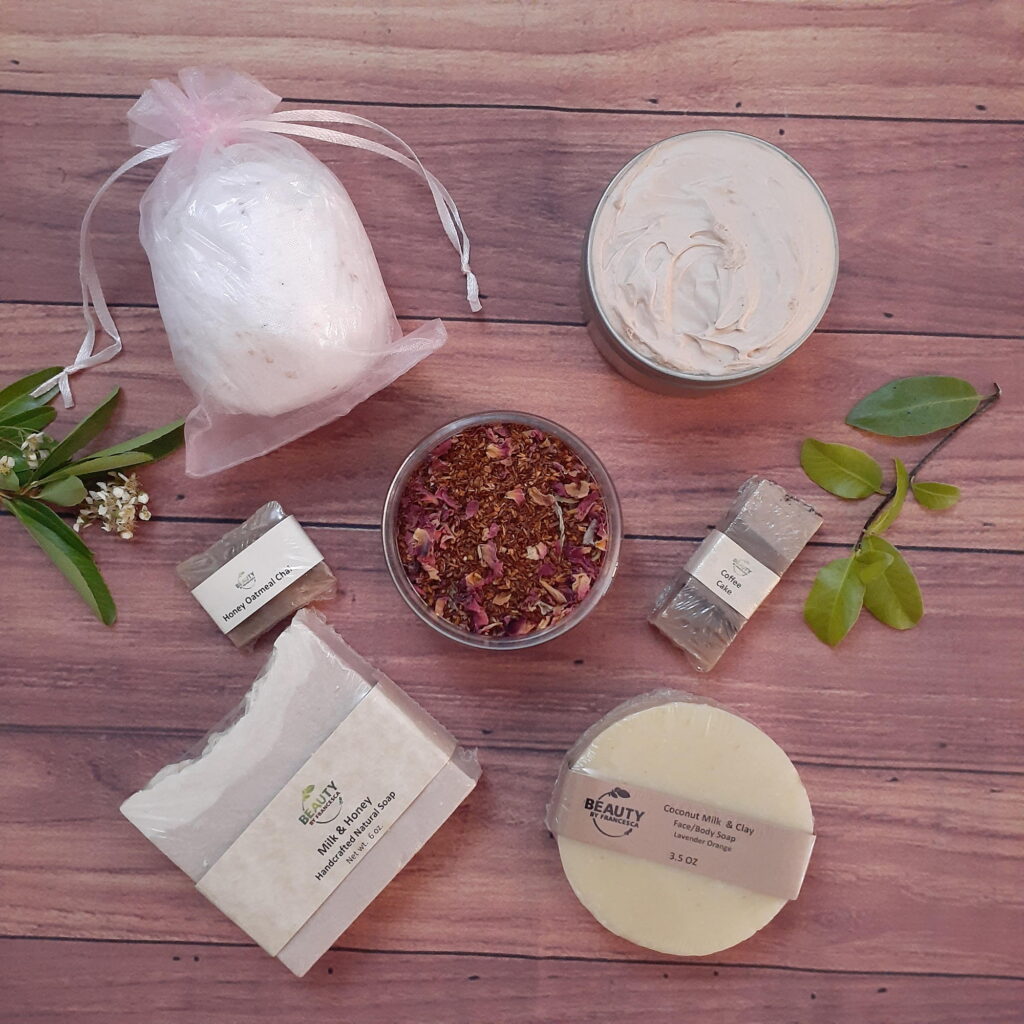Disclosure: This post may contain affiliate links, which means I may earn a small commission if you choose to make a purchase—at no additional cost to you. I only recommend products that align with my values and that I personally trust for holistic skincare and wellness.

Formaldehyde and Formaldehyde-Releasing Preservatives (FRPs) are chemicals used to manufacture industrial products as well as to fight microbial growth in food and cosmetics. Suspected to be present in nearly 1/5th of cosmetic products, this known human carcinogen and skin irritant is released over the lifetime of the product it inhabits. Formaldehyde exposure, even at low levels (as low as 250 parts per million) is a significant health concern. In fact, The International Agency for Research on Carcinogens (IARC) has classified formaldehyde as “carcinogenic to humans”, and the U.S. National Toxicology Program has classified it as ‘reasonably anticipated to be a human carcinogen.’

What is Formaldehyde?
Formaldehyde is a strong-smelling, colorless flammable gas that is often used in the production of many common consumer products. Including; fertilizer, plywood, building materials, walls, cabinets, funeral home products, and personal care products, it is also used as a preservative in antiseptics and medicine.
What are Formaldehyde-Releasing Preservatives (FRPs)?
Preservatives are additives used to help prevent fungus, yeast, mold, and bacteria development in personal care products and food. Formaldehyde Releasing Preservatives (FRPs) are preservatives that slowly and continuously release formaldehyde. Formaldehyde can be added directly to a product but is usually released when adding preservatives. Such as quaternium-15, DMDM hydantoin, imidazolidinyl urea, diazolidinyl urea, polyoxymethylene urea, sodium hydroxymethylglycinate, bromopol and glyoxal. These chemicals decompose slowly over time to form molecules of formaldehyde and are either inhaled or absorbed by the skin.
Why Should You Be Concerned?
You should be concerned because formaldehyde may pose serious health risks:
A Known Carcinogen:
Formaldehyde is a human carcinogen. When formaldehyde is present in personal care products, people can be exposed to formaldehyde that is off-gassed from the product, by inhaling or absorbing it through the skin. Most cancer studies of formaldehyde have focused on risks from inhalation; skin absorption linked to cancer has not been well studied. In addition, the formaldehyde released from FRPs has been linked to cancer, but there is not much evidence that FRPs directly cause cancer. Although studies regarding the amount of formaldehyde in a single product may not pose a significant risk, think about multiple exposures from multiple sources like the entire plethora of head-to-toe body products we use daily, the air we breathe, and the environment in general. The Environmental Working Group explains it like this:
“To be sure, the amount of formaldehyde in a cosmetic product at any given time is tiny. The cancer risks presented by a cosmetic could be considered slight — but that product is not a person’s only source of exposure. People are also exposed to formaldehyde by pressed-wood products, cigarette smoke, vehicle exhaust, and unvented fuel-burning appliances such as gas stoves, wood-burning stoves and kerosene heaters. All of this is according to the National Cancer Institute and the Environmental Protection Agency. Personal care products that contain formaldehyde make an unnecessary contribution to an individual’s exposure to this chemical. Particularly since research shows that cosmetic products can release small amounts of formaldehyde into the air shortly after they are applied. Formaldehyde is most dangerous when inhaled.”
“Even the industry-funded Cosmetic Ingredient Review panel recommends that cosmetic products not contain more than 0.2% formaldehyde, and does not consider formaldehyde to be safe in aerosol products (CIR 2006). However, as it stands in the U.S. there are no restrictions on the levels of formaldehyde allowed in any body care products, no requirement to test products made with formaldehyde-releasing preservatives for levels of formaldehyde, and certainly no obligation to inform consumers that the products they use each day are likely to contain a cancer-causing chemical that does not appear on the list of ingredients.”
Irritation:
Formaldehyde can cause allergic skin reactions (contact dermatitis) and rashes in some people. With increased and repeated exposure some people may develop a sensitivity. It can also cause irritation to the eyes, nose, and throat. Most of the irritation from FRPs is due to the actual formaldehyde being released. However, some FRPs, such as Quanternium-15 , glyoxal, and sodium hydroxymethylglycinate can trigger a reaction all on their own.
What Types of Products Contain Formaldehyde and Formaldehyde-Releasing Preservatives?
The potential for formaldehyde and formaldehyde-releasing preservatives can be found in; nail polish, nail glue, nail hardeners, eyelash glue, hair gel, hair-smoothing products, shampoos, lotions, body soap, body wash, makeup, shampoo (including baby shampoo), lotions, and deodorants, & among others.
What to Look for on the Label:
If you want to avoid formaldehyde and formaldehyde-releasing preservatives, you should avoid labels with the following ingredients:
- DMDM hydantoin
- Imidazolidinyl urea
- Diazolidinyl urea
- Formaldehyde
- Polyoxymethylene urea
- Glyoxal
- Quaternium-15
- Bronopol (2–bromo–2–nitropropane–1,3-diol )
- 5-Bromo-5-nitro-1,3-dioxane
- Hydroxymethylglycinate

While you are certainly capable of reading labels and knowing what ingredients to look for, it’s easy to forget about the risks of formaldehyde in skincare products. There are many skincare products that contain natural and organic ingredients that do not contain formaldehyde or formaldehyde-releasing preservatives. This is a good option for people who are concerned about their health.
References:
Photo: Ben Mills -Public Domain, https://commons.wikimedia.org/w/index.php?curid=4431548
Photo: Zitona – (https://www.flickr.com/photos/zitona/4733601645/)
https://en.wikipedia.org/wiki/Formaldehyde
http://www.safecosmetics.org/get-the-facts/chemicals-of-concern/formaldehyde/
https://www.ewg.org/research/exposing-cosmetics-cover/formaldehyde-releasers#.WqmUik2ulZU
https://www.ewg.org/skindeep/ingredient/702500/FORMALDEHYDE/#.WqmX402ulZU
http://www.safecosmetics.org/get-the-facts/chemicals-of-concern/formaldehyde/#_edn2
